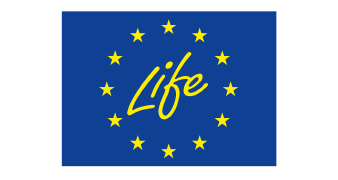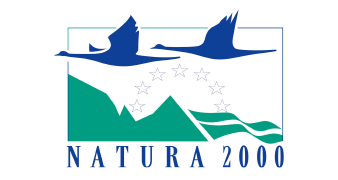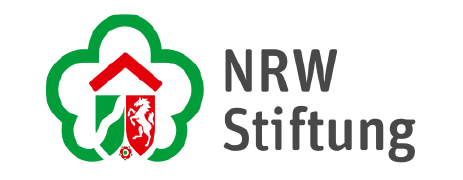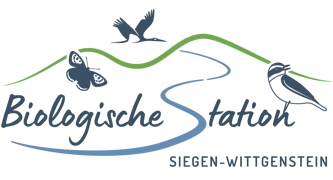Cooperative projects
We are currently maintaining close cooperation with two other LIFE projects. The LIFE EUROKITE project, based in Deutsch-Wagram, Austria, is actively supporting us with the monitoring of the red kite. At the same time, we are working with the LIFE helle Eifeltäler project, which is assisting us in the conservation of the violet copper (Lycaena helle) as well as in the reintroduction of the marsh fritillary (Euphydryas aurinia).
LIFE helle Eifeltäler
LIFE helle Eifeltäler (LIFE19 NAT/DE/000871)
aims to maintain and boost the population of the endangered butterfly species violet copper (Lycaena helle) and marsh fritillary (Euphydryas aurinia).
Habitats for both species are being reestablished, optimized, and connected. For the marsh fritillary, a (re)introduction within the project area is planned. Public awareness is being raised through the large-scale campaign “Blauschillernd und golden – Juwelen der Lüfte” (“Blue shimmering and golden – Jewels of the Sky”), which encourages engagement with the project and fosters interest in the species and habitats it seeks to protect.
The project area covers large parts of Euskirchen in southern North Rhine-Westphalia.
👉 More information: www.life-helle-eifeltaeler.eu
Since the beginning of the project, there has been close exchange: Comparing population fluctuations and monitoring results between the sites in Euskirchen and Burbach-Neukirchen has enabled a better understanding of the violet copper (Lycaena helle). The mutual exchange of experiences has also been beneficial for both implemented and planned measures, making a valuable contribution to the effective restoration of its habitat and the sustainable promotion of the species.
Significant support was also received from the neighboring LIFE project during the reintroduction of the marsh fritillary in the project area. Together, caterpillar and egg clutch collections were carried out in the nature reserve Fuchskaute in 2022 and 2023, and in the nature reserve Rhön in 2024. The partners possess experience in breeding this butterfly species, and their knowledge was especially helpful in the construction of the aerariums and the optimization of breeding conditions. In 2024, additional caterpillars were received for breeding. The combination of individuals from different regions promotes genetic exchange and increases the genetic diversity of the offspring. This, in turn, strengthens the population’s resilience to external influences.
LIFE EUROKITE
LIFE EUROKITE (LIFE18 NAT/AT/000048)
is an international project dedicated to the protection of the red kite (Milvus milvus), a species that breeds exclusively in Europe and is particularly threatened by illegal poisoning. The aim is to reduce human-induced causes of death. Using modern telemetry (satellite transmitters), the project investigates why these birds are dying and how such deaths can be prevented. Red kites are fitted with transmitters as nestlings directly in the nest. This method allows for precise monitoring of population sizes, locations, breeding sites, and migration routes. A key focus is the identification of causes of death.
More information 👉 life-eurokite.eu.
In January 2025, an official partnership was established with LIFE EUROKITE. This collaboration allows young birds from the local bird protection area to be equipped with transmitters actively contributing to the Europe-wide red kite conservation network.
The data collected helps to better understand the local situation and to implement targeted, tailored conservation measures. LIFE EUROKITE also benefits from insights gathered in this region, a true win-win collaboration for the red kite.
Thanks to the installed nest cameras, red kite breeding pairs in the area can be observed up close. As of May 2025, it was documented that the first chicks had hatched from a total of nine eggs laid.
The first tagging took place in June 2025.










